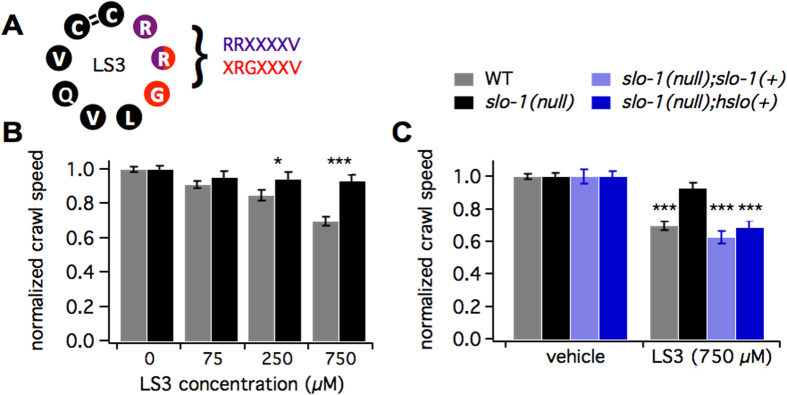Figure 1. LS3 alters BK channel function in wild type or humanized C. elegans.
(A) Schematic of LS3 shows the sequence, 1–9 disulfide bridge and two enriched motifs (purple and red residues, enriched ~4000 and ~3000 fold, respectively, during the selection process). (B) Bar graph of crawl speed normalized to vehicle-treated controls shows that LS3 reduced crawl speed for wild-type (gray bars) but not slo-1 null (black bars) worms in a concentration dependent manner (WT vs. slo-1(null) at 250 and 750 μM: p < 0.05 and p < 0.001, N = 139–372, Two-way ANOVA with Dunn’s post-hoc correction). (C) Bar graph of crawl speed normalized to vehicle-treated controls shows that reduction in crawl speed by 750 μM LS3 was rescued on the slo-1 null background with extrachromosomal expression of either the worm (slo-1(+)) or the human (hslo(+)) BK channel gene (vs. slo-1(null): p < 0.001 for both, N = 78–162, Two-way ANOVA with Dunn’s post-hoc correction). Worms were bathed in LS3 or vehicle for 30 min prior to tracking crawl speed.

